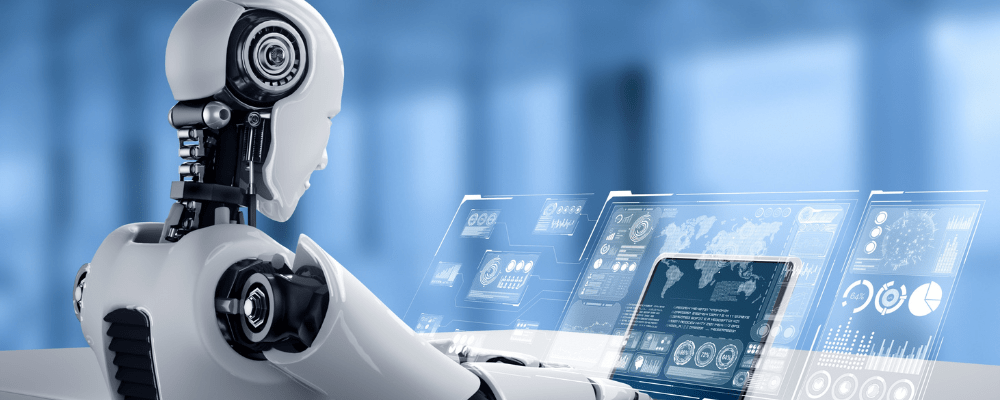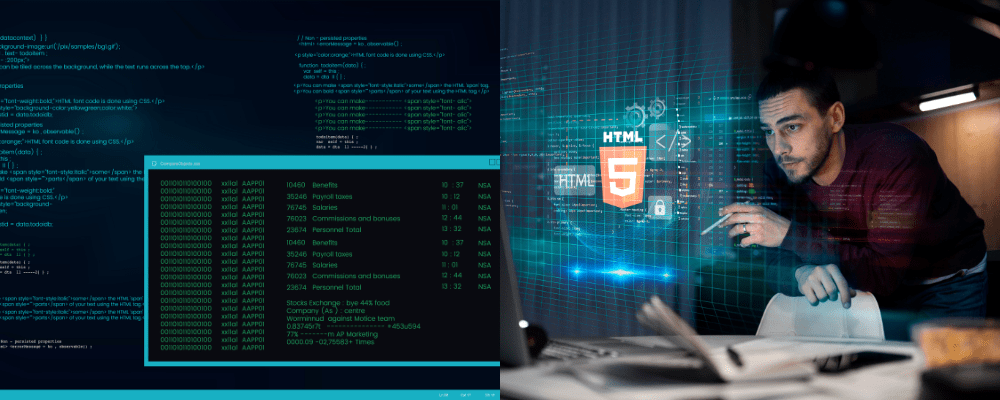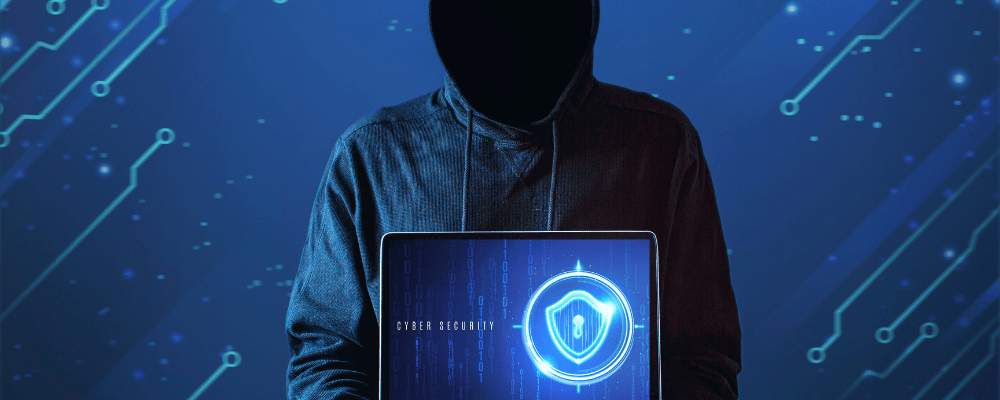Staying ahead of threats and vulnerabilities is paramount in the ever-evolving cybersecurity landscape. For tech experts, understanding and leveraging the power of threat intelligence can be a game-changer. In this blog, we will delve into the intricacies of threat intelligence, exploring its critical role in safeguarding digital ecosystems and highlighting advanced strategies to optimize security measures.
Understanding Threat Intelligence
What is Threat Intelligence?
Threat intelligence collects, analyzes, and disseminates information about potential cybersecurity threats. It involves monitoring various data sources to identify emerging risks and vulnerabilities.
Types of Threat Intelligence
This multifaceted domain caters to the diverse needs of organizations and security professionals. It encompasses various types, each serving distinct purposes. In this note, we will delve into the primary kinds of threat intelligence: Strategic, Operational, and Tactical Threat Intelligence.
-
Strategic Threat Intelligence:
Focus: Long-Term Trends and Security Strategy
As the name suggests, Strategic Intelligence takes a broader and forward-looking perspective on cybersecurity. It revolves around understanding long-term trends and emerging risks in the cyber landscape. The primary goal is to help organizations make informed decisions about their security strategies and resource allocation.
Key Characteristics:
- Big Picture View: Strategic threat intelligence provides a holistic understanding of the threat landscape, considering geopolitical developments, industry-specific trends, and evolving attack methodologies.
- Risk Assessment: It aids in risk assessment and management by identifying potential threats and vulnerabilities that may affect an organization.
- Decision Support: Security leaders and executives use strategic threat intelligence to guide technology investments, policy development, and resource allocation decisions.
- Competitive Advantage: A proactive understanding of long-term threats can provide a competitive advantage by allowing organizations to adapt their security posture ahead of their peers.
-
Operational Threat Intelligence:
Focus: Real-Time Threats and Incident Response
Operational Threat Intelligence is geared towards addressing immediate and real-time threats. It plays a crucial role in incident response, ensuring that organizations can effectively detect, mitigate, and recover from cyberattacks as they happen.
Key Characteristics:
- Real-Time Monitoring: Operational intelligence involves continuous monitoring of the digital environment to detect threats as they emerge.
- Incident Response: It facilitates swift and well-informed incident response by providing up-to-the-minute information about the nature and scope of an ongoing attack.
- Security Operations Center (SOC) Support: SOC teams rely on operational threat intelligence to investigate and counter threats efficiently.
- Tactical Guidance: It offers tactical guidance to security teams, helping them respond to specific threats with immediate actions.
-
Tactical Threat Intelligence:
Focus: Bridging Strategy and Real-Time Action
Tactical Threat Intelligence bridges strategic intelligence’s long-term focus and operational intelligence’s immediacy. It offers actionable insights that can be used to enhance an organization’s security posture and protect against immediate and evolving threats.
Key Characteristics:
- Contextual Information: Tactical intelligence provides detailed context around emerging threats, helping security teams understand the specific tactics, techniques, and procedures threat actors use.
- Indicators of Compromise (IoCs): It supplies IoCs, such as malicious IP addresses, file hashes, and attack patterns, which are invaluable for threat detection and prevention.
- Incident Mitigation: Tactical threat intelligence assists in mitigating ongoing incidents by offering information on how to neutralize threats effectively.
- Resource Allocation: It aids resource allocation by guiding security teams on where to focus their efforts to minimize risks.
In summary, the effectiveness of this intelligence lies in the ability to utilize these three types in a coordinated manner. Strategic intelligence informs long-term security strategies, operational intelligence helps address immediate threats, and tactical intelligence guides real-time actions. Together, these types of intelligence form a comprehensive and adaptable defense against the dynamic landscape of cybersecurity threats.











